- Aerogram
An Aerogram or Air Letter, also called an aérogramme, is a thin lightweight piece of foldable and gummed paper for writing a letter for transit via airmail, in which the letter and Envelope are one and the same. Most postal authorities forbid enclosures in these light letters, which are usually sent abroad at a preferential rate.

- Aerophilately
Aerophilately is the branch of Philately that specializes in the study of airmail. Philatelists have observed the development of mail transport by air from its beginning, and all aspects of airmail service have been extensively studied and documented by specialists.

- Astrophilately
Astrophilately is the area of Philately connected with astronomy and efforts to reach outer space, both manned and unmanned. Topics of interest include postage stamps, Cancellations, and Covers connected to various projects. Examples include rocket mail, dating from as early as the 1930s, and mail actually carried on space flights, a practice that began with Project Apollo missions, and has continued since then. Specialists distinguish astrophilately from topical collecting with a space theme; astrophilatelic items are those with direct connections to space missions, whether or not they include any special pictorial depiction.

- Cancellation
A cancellation (or cancel for short) is a postal marking applied to a postage stamp or postal Stationery indicating that the item has been used. Modern Cancellations are often applied simultaneously with a postmark, for efficiency, and commonly the terms "cancellation" and "postmark" are used interchangeably, if incorrectly. (The confusion arises because of the practice of some postal administrations of applying the postmark directly on the stamp, at the cost of legibility.)
The term "killer" is sometimes used as a more vivid synonym.
A cancellation intended solely to prevent reuse of a stamp is sometimes called an obliteration.
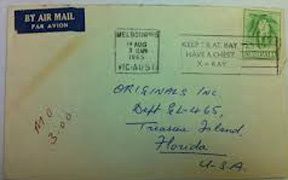
- Cancellations
1] double circle: inner circle being 2 open arcs;
2] above: with slotted inner circle;
3] above: inner being 2 closed arcs aka Italian or Guller cancel known from Italy, Peru and Spain;
4] above: with ⅔rds inner circle with upper crossbar used Germany;
5] above: closed bridge being closed arcs top/bottom within inner circle;
6] above: open bridge aka Swiss or Austrian cancel being 2 arcs with 2 crossbars in centre;
7] box cancel;
8] scallop cancel: mainly used in France.

- Cinderellas
Cinderellas are local stamps, telegraph stamps, railway stamps, Revenues/fiscals, forgeries, bogus and phantom issues. Christmas, Red Cross, TB and other charity seals, registration labels, advertisement and exhibition labels and many other items.

- Cover
In Philately, a Cover is an Envelope or package, typically with stamps that have been cancelled.
The term originates from the practice of covering a letter by folding a separate sheet about it to physically protect and prevent infringement of confidentiality. In the first half of the 19th century it became the fashion to cut the cover into a diamond or lozenge shape. This was the precursor version of the Envelope as it is known today. Its popularity was ensured in Britain when the lozenge design was adopted for the special pre-paid postage Envelopes and covers issued at the launch the postal reforms of 1840.

- Entire
An Entire is a folded piece of paper that is folded in upon itself so enabling a seal to be affixed on reverse – predecessor to Envelopes.
- Envelope
An envelope is a packaging product, usually made of flat, planar material such as paper or cardboard, and designed to contain a flat object, which in a postal-service context is usually a letter, card or bills. The traditional type is made from a sheet of paper cut to one of three shapes: the rhombus (also referred to as a lozenge or diamond), the short-arm cross, and the kite. These designs ensure that in the course of envelope manufacture when the sides of the sheet are folded about a delineated central rectangular area, a rectangular-faced, usually oblong, enclosure is formed with an arrangement of four flaps on the reverse side, which, by virtue of the shapes of sheet traditionally used, is inevitably symmetrical.
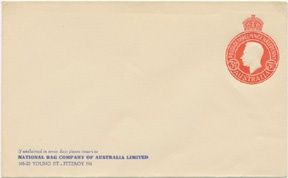
- Ephemera
Ephemera is transitory written and printed matter, not intended to be retained or preserved. The word derives from the Greek, meaning things lasting no more than a day. Some collectible ephemera are advertising trade cards, airsickness bags, baseball cards, bookmarks, cigarette cards, greeting cards, letters, pamphlets, photographs, postcards, posters, stock certificates, tickets, and zines. Decks of personality identification playing cards from the war in Iraq are a recent example.

- First Day Cover
A first day Cover (FDC) is an Envelope where the postage stamps have been cancelled on their First Day of Issue (FDI). Depending on the policy of the nation issuing the stamp, official first day Postmarks may sometimes be applied to Covers weeks or months after the date indicated.

- History
History or Postal History is the study of postal markings, rates and routes, or anything to do with the history of the posts.
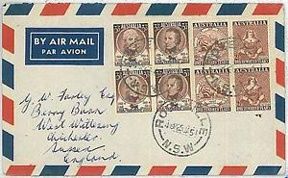
- Marcophily
Marcophily, occasionally written as Marcophilately, is the specialised study and collection of Postmarks, Cancellations and postal markings applied by hand or machine on mail that passes through a postal system and applied by the postal authority through whose domain they pass.

- Maximaphily
Maximaphily is concerned with Maximum Card collecting.
A Maximum Card is a picture postcard, a cancel, and a stamp presenting maximum concordance. The stamp is usually affixed to the picture side of the card and is tied by the cancel. Collectors of maximum cards seek to find or create cards with stamp, cancel and picture in maximum agreement, or concordance.
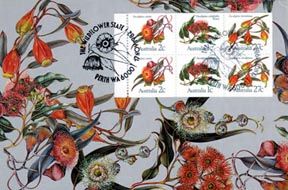
- Military
A military stamp, is a postage stamp used by a military organisation, in time of war, or while ensuring a peace keeping operation. Often the letters will be transported by the army itself until they reach the country of destination. These stamps were widely used during World War II by soldiers wishing to send mail home to their families.

- Philately
Philately is the study of revenue and postage stamps. This includes the design, production and uses of stamps after they are authorized for issue, usually by government authorities, the most common one being postal authorities. Although many equate it with stamp collecting, it is a distinct activity. For instance, philatelists will study extremely rare stamps without expecting to own copies of them, whether because of cost, or because the sole survivors are in museums. Conversely, stamp collecting is the acquisition of stamps, at times without regard for origin or usage.
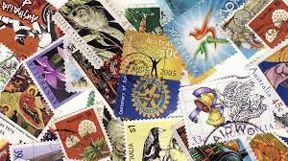
- Postal History
Postal History is the study of postal systems and how they operate and, or, the collecting of Covers and associated material illustrating historical episodes of postal systems.

- Postal Stationery
Such include postal cards, wrappers, pre-stamped Envelopes, lettersheets, aerogrammes, plus other types of officially imprinted Stationery sold by post offices.
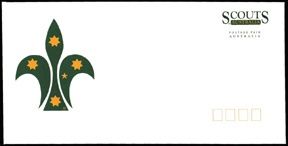
- Postcard
A Postcard or post card is a rectangular piece of thick paper or thin cardboard intended for writing and mailing without an Envelope and at a lower rate than a letter. Stamp collectors distinguish between postcards (which require a stamp) and postal cards (which have the postage pre-printed on them). While a postcard is usually printed by a private company, individual or organization, a postal card is issued by the relevant postal authority.

- Postmarks
A Postmark is a postal marking made on a letter, package, Postcard or the like indicating the (more or less precise) date and time that the item was delivered into the care of the postal service. Modern postmarks are often applied simultaneously with the Cancellation or "killer" that marks the postage stamp(s) as having been used (though in some circumstances there may be a postmark without a killer, and sometimes the postmark and killer form a continuous design), and the two terms are often used interchangeably, if incorrectly. Postmarks may be applied by hand or by machines, using methods such as rollers or inkjets, while digital postmarks are a recent innovation.
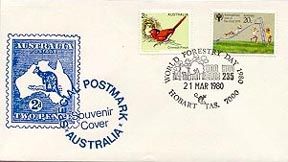
- Revenues
Revenues are stamps representing the prepayment or payment of various taxes. Revenues are affixed to official documents and to merchandise. Some stamps, including many issues of the British Commonwealth, are inscribed "Postage and Revenue'' and were available for either use. Such issues are usually worth less fiscally canceled than postally used. In some cases, revenues have been used provisionally as postage stamps.
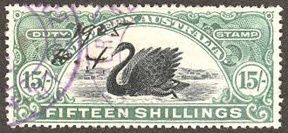
- Stationery
Stationery or Postal Stationery is stationery bearing imprinted stamps, as opposed to adhesive stamps. Postal Stationery includes postal cards, lettercards, stamped Envelopes, wrappers, Aerograms, telegraph cards, postal savings forms and similar government-produced items. The cost to the mailer is often the price of postage plus an additional charge for the stationery item.

- Thematics
Thematics is concerned with the collection of stamps or Covers relating to a specific topic. The topic is expanded by careful inquiry and is presented as a logical story.
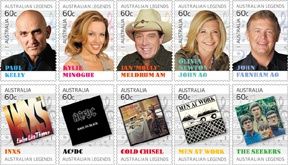
- Watermark
A Watermark is a recognizable image or pattern in paper that appears lighter when viewed by transmitted light (or darker when viewed by reflected light, atop a dark background). A watermark is very useful in the examination of paper because it can be used for dating, identifying sizes, mill trademarks and locations, and the quality of a paper.
Watermarks vary greatly in their visibility; while some are obvious on casual inspection, others require some study to pick out. Various aids have been developed, such as watermark fluid that wets the paper without damaging it.
Encoding an identifying code into digitized music, video, picture, or other file is known as a digital watermark.
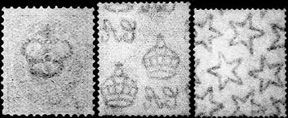


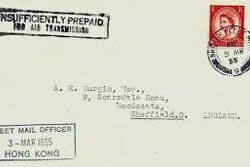
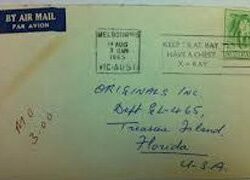
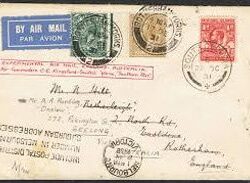

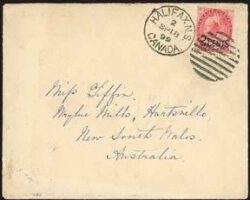


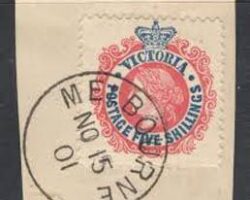


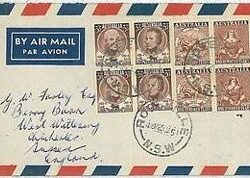



![]()



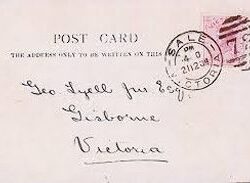
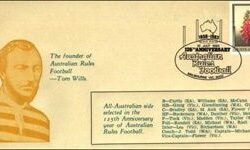
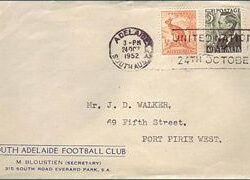
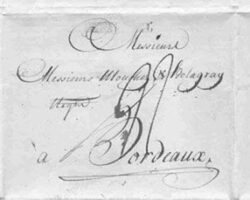
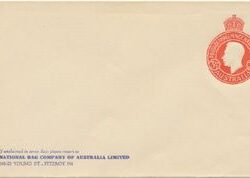


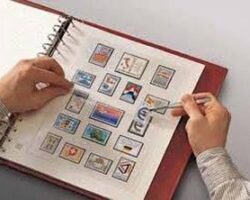

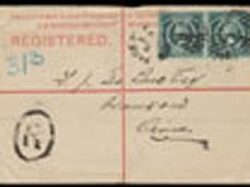
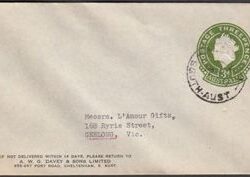
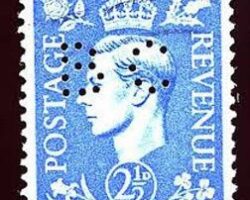

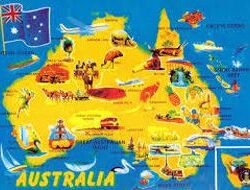
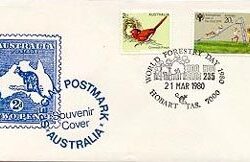
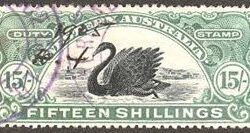
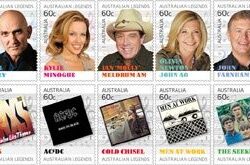

Leave a Reply
You must be logged in to post a comment.